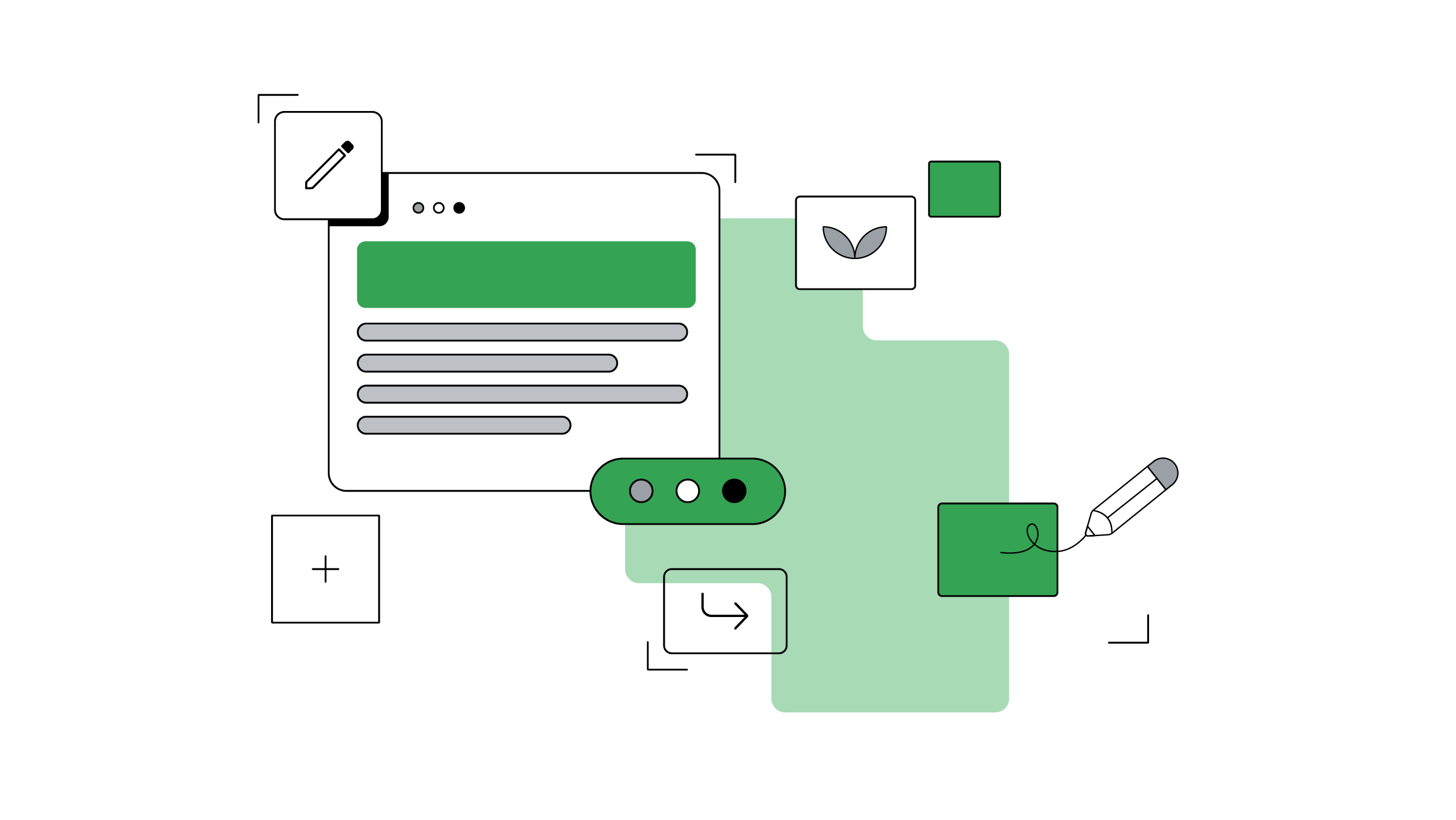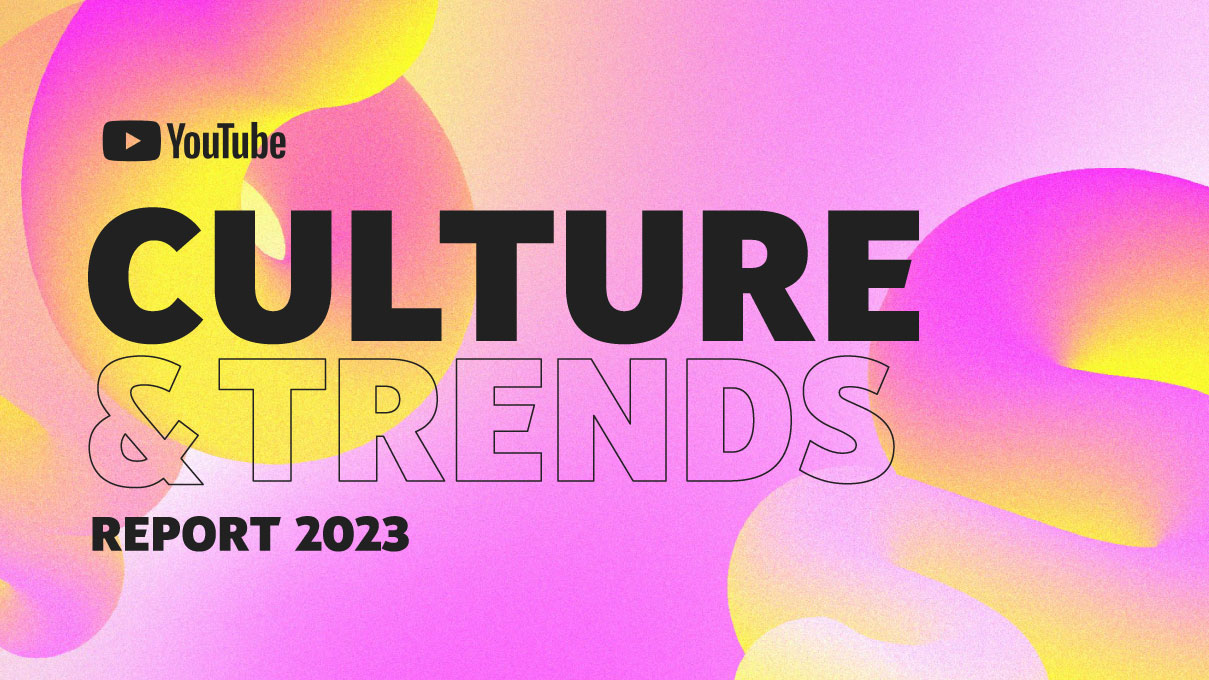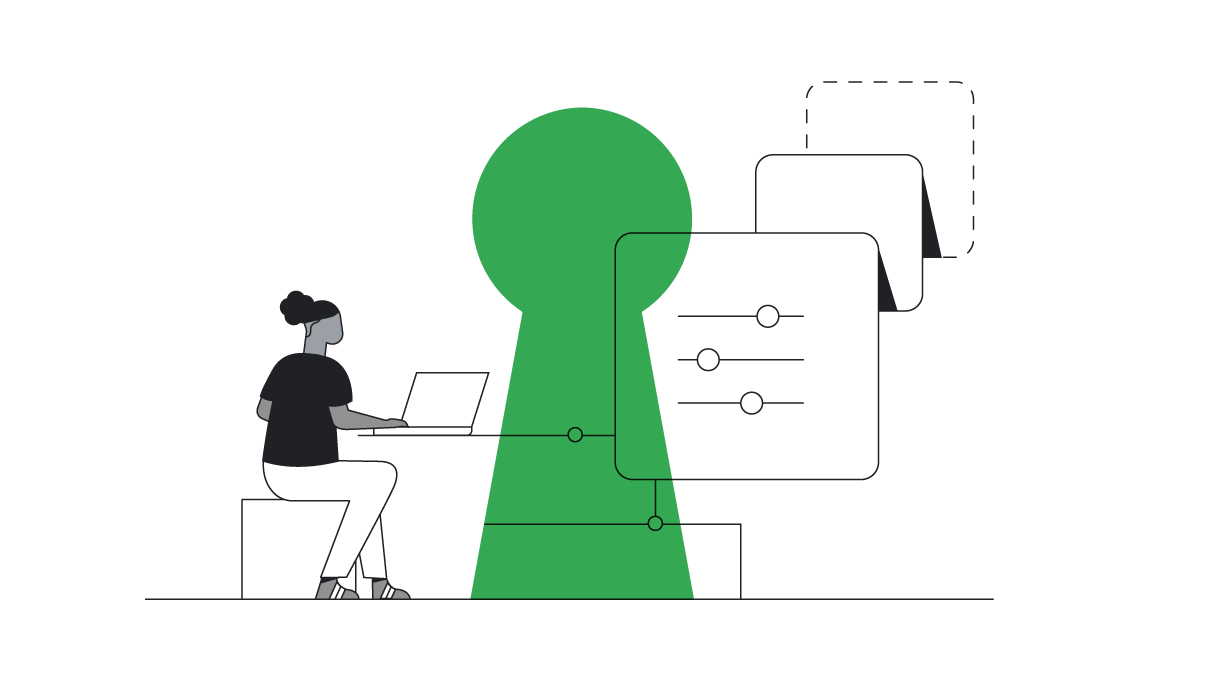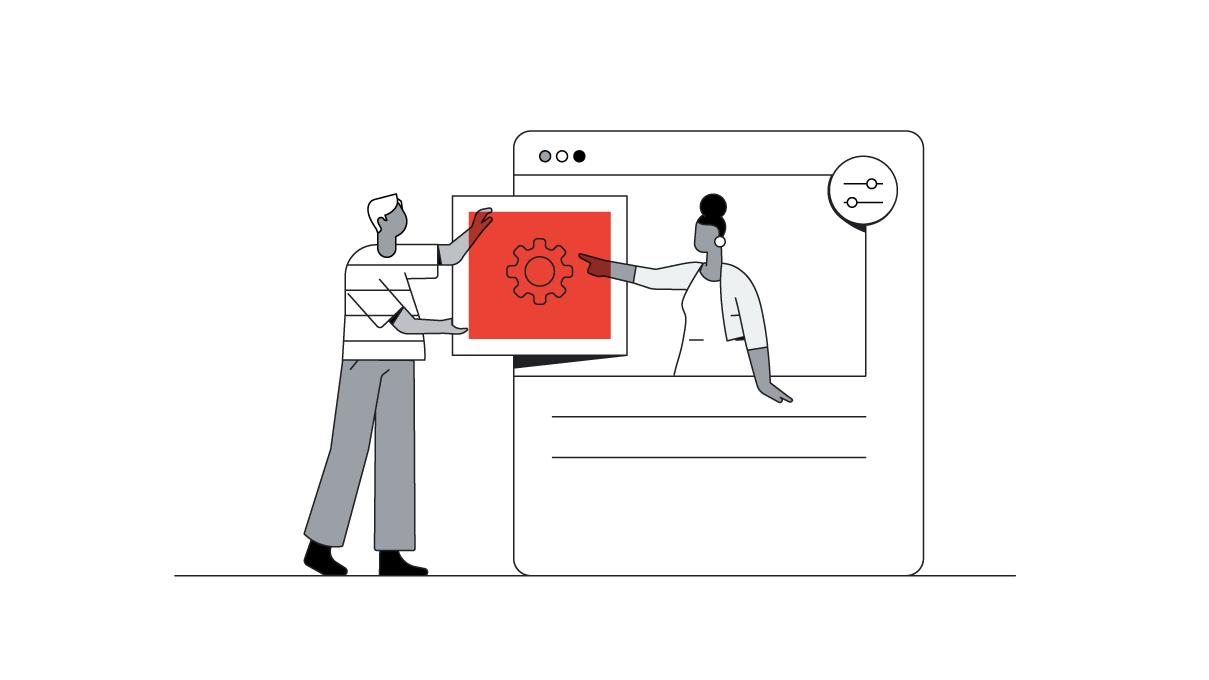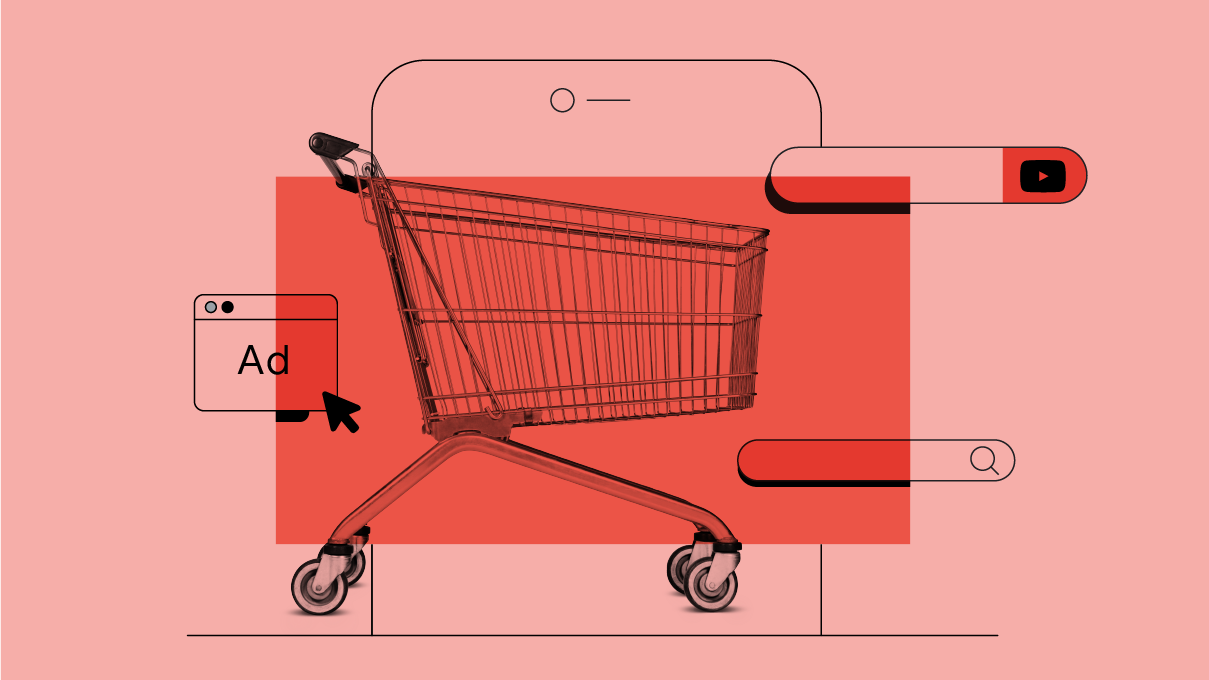Holiday shopping’s evolution from a five-day extravaganza to a multiseason event is reshaping the strategy of retailers globally. While attracting early traffic is important, capturing quality traffic should be the top priority for brands looking to increase profits. But, as channels continue to proliferate and blend, this can be a challenge. In response, many industry leaders are increasing their investment in AI-powered campaigns to capture bursts of interest from top spenders as they move across touchpoints.
One of them is Leon Wharton Hallen, media and advertising director at Dutch retailer Scotch & Soda. As he explains, “The 2022 holiday season had its challenges on a macroeconomic level. We see a shift in consumer confidence; shoppers are looking for value earlier in the season; and customer acquisition costs are rising. Because not all traffic is equal, we had to dig deep to find the right customers across channels and eliminate the noise. AI helps us identify and reach the shoppers who are willing to purchase rather than those who just browse.”
Unlocking AI’s full potential requires companies to reimagine their business models and disrupt how work gets done.
Michelle Hernandez, director of omnichannel digital marketing at Deckers Brands, also relied on AI during the holiday season. According to Hernandez, “Awareness, consideration, and purchase are merging. Consumers are demanding that point of need and point of sale come together as part of their everyday browsing across digital and physical channels. We doubled down on AI-driven campaigns to attract high spenders regardless of where they are.”
Hallen and Hernandez’s success is supported by recent McKinsey research, which confirms that the bottom-line value gained from AI remains strong and largely consistent. Unlocking its full potential, however, requires companies to reimagine their business models and disrupt how work gets done. This can leave retail marketers at a crossroads: They’re asked to experiment with new, emerging ways to drive business value, while also continuing to maintain stable profitability.
Fortunately, this change doesn’t have to happen all at once. To break it down step-by-step, we asked 12 industry leaders to share how they gradually tested AI-powered campaigns to prepare for a successful holiday season. These conversations helped us identify four distinct phases, along with key tips and strategies for success.
Step 1: Explore
The best way to begin using AI-powered campaigns is to commit to a starting point. Here are some proven ways to make room for experimentation.
Start testing new strategies early
At the start of 2022, French delivery service Chronopost decided to carefully test AI-driven campaigns right before the holiday season, when its B2B customers ship higher volumes of packages. This forward-looking mindset paved the way to its success. As the brand’s head of digital, Eva Bossy, explains, “We multiplied our sales revenue by 85% and improved our profitability despite an uncertain economic scenario.”

Don’t settle for “good enough”
Online retailer FragranceNet.com was advertising through successful, profitable Standard Shopping campaigns, so the marketing team was initially hesitant to let AI help shape how their luxury brands appeared across channels. “But because of economic headwinds and increased competition, we knew that AI-powered ads could give us an edge,” says CMO Michael Nadboy. “A focus on pre-post analysis informed our decision to migrate key campaigns before the Cyber Five, and our strategy paid off. We were able to increase revenue by 40%.”
Ground your hypotheses in previous learnings
To attract highly valuable customers in real time, North American store chain Michael’s historically relied on tried-and-true solutions like broad match keywords, Smart Bidding, and responsive search ads. From these, it extracted learnings it could use as the foundation for future experimentation. As Kathleen Moler, head of media and digital marketing, shares, “We were looking forward to experimenting with cross-channel campaigns as the next iteration of AI-powered ads. Since our customers find arts and crafts inspiration across all digital channels, it only makes sense for us to evolve with them while driving revenue efficiently.”
Step 2: Experiment
Rapid learning enables innovation. Here’s how to foster a test-and-learn culture.
Find ways to fail safely and learn fast
The aforementioned Scotch & Soda believes that experimenting with innovation is how it can succeed and differentiate in a competitive environment. According to Hallen, “We test new approaches in a controlled environment to rapidly learn from failures and double down on what works, remaining focused on the metrics that matter.” When the core success metric was revenue, for example, “our experiments initially showed traffic decreasing, but we let the test run its course, knowing that AI is all about finding quality customers. By the end, we realized that we were driving more revenue more efficiently.”
We test new approaches in a controlled environment to rapidly learn from failures and double down on what works.

Start small and optimize all around
While marketers at Singapore-based beauty brand Coco & Eve were familiar with AI-powered campaigns, they worried that adding more channels into the mix might dilute their profitability. To ease these concerns, “We started with only a few SKUs, conducting a pre-post test to compare the performance of the same units against our previous campaigns,” says Philip Nguyen, VP of growth. In parallel, they optimized video and other assets to help power AI with the best creative possible. And doing so paid off. “We increased revenue by 32% at a 26% lower cost per conversion, while freeing up time for our team to focus on other strategic priorities,” shares Nguyen.
Use the Experiments feature to inform your decisions
Bol.com, a popular online marketplace in the Netherlands and Belgium, had been using Standard Shopping campaigns to advertise its products to more than 13 million shoppers. Before shifting these campaigns to an AI-powered solution like Performance Max, it needed to justify the decision with hard data. Arend de Ruiter, search engine advertising and measurement lead, explains how it achieved this. “We implemented a rigorous testing approach, using the new Experiments feature to automate the testing process and drive accurate results. After three months, our doubt faded and we began implementing Performance Max at scale. By the end of the holiday season, we achieved a 64% revenue increase compared to Standard Shopping campaigns.”
Step 3: Execute
Experimentation works when all stakeholders share the same expectations and commit to exceeding them. Here’s how successful brands are getting their AI strategy to stick.
Drive AI momentum across the board
Showing the tangible business impact of AI initiatives helps marketers build consensus throughout their organizations. One example of this is the Nordic department store Boozt.com. As media and online marketing director Jesper Jensen explains, “We informed top management about the testing [of AI-powered campaigns] and shared results with our commercial management group.”
Another way to build momentum is to work toward a North Star business objective. Consider following the lead of bike membership company Swapfiets. “One of the biggest challenges of subscription-based businesses is growing the customer base at lower costs,” explains Debora Copercini, the company’s performance marketing specialist. “I was amazed to see how the new customer acquisition goal reached new customers in just two weeks and lowered our cost per acquisition by 44%.”
AI multiplied our human input, allowing us to smash revenue targets across the whole book of business.

Keep fine-tuning even after positive results
When preparing for the holiday season, brands that are already confident in the impact of their cross-channel campaigns can implement best practices to make their AI-powered campaigns even more profitable. Marketing performance company Jellyfish took this approach to help its retail clients. “We uploaded store details and local product feeds to augment their omnichannel capabilities and used seasonality adjustments to scale spend when sales were high,” says Sara Furney-Howe, senior paid search director. “We also fine-tuned assets, calling out seasonal messaging along with evergreen creative. AI multiplied our human input, allowing us to smash revenue targets across the whole book of business.”
Extend learnings to other areas of your organization
Testing AI solutions can create an opportunity for your whole company to operate more efficiently. This was the case at eyewear leader EssilorLuxottica. “It took us more than a year to thoroughly A/B test automated campaigns, and I don’t regret the time we spent analyzing the business impact of our changes in bidding automation, campaign structure, or feed management,” says Andrea Orlunghi, the brand’s global performance marketing director. “Testing new solutions allowed us to create a shared definition of success that spanned across departments.”
Step 4: Expand
Marketing teams that have performed successful experiments can use momentum to tackle even bigger initiatives.
Capture cross-channel demand by breaking down additional silos
For Scotch & Soda, the future will involve a continued effort to break down channel barriers and experiment with new ways of connecting the company with its valuable customers. As Hallen explains, “Our app customers have a higher average order value and lifetime value, so this year we’ll be focusing on creating seamless web-to-app journeys and measuring the overall business impact of app downloads.”
EssilorLuxottica is also rapidly moving toward a cross-channel approach to reflect customer behavior. “We’re breaking down silos between online channels, but also between online and offline, and integrating multiple sources of first-party data to shed light on the customer journey,” says Orlunghi. “While we would have done it regardless, AI has allowed us to accomplish it in one year instead of 10.”
Scale your winning strategy globally
When L’Oréal Vietnam piloted a successful cross-channel strategy during its 12.12 mega sale, the company was keen to replicate it across the Asia-Pacific region. By scaling it to five other markets, it reached more customers across channels to unlock more profits.
AI has allowed us to break silos in one year instead of 10.

Online marketplace Fruugo had a similar approach last year. “The Fruugo marketplace enables its sellers to achieve global reach for their products. With AI-powered campaigns, we advertise millions of items to shoppers in 40 countries,” says Fruugo’s managing director Tony Preedy. “After a successful trial in Japan, one of our most demanding markets, we have quickly rolled out Performance Max to drive our campaigns in over 20 languages. It resulted in billions of advertising impressions contributing to Fruugo’s 110% year-on-year revenue growth in 2022.”
Because every retail organization has unique priorities and needs, putting AI solutions to the test can offer a comprehensive view of their real-world impact and performance. These different perspectives show us that small, incremental steps can bring a long-lasting impact to the ways brands navigate the market environment in 2023 and beyond.
